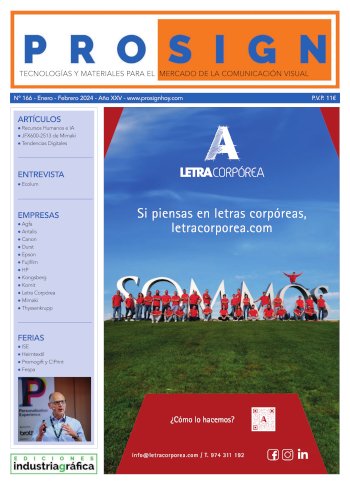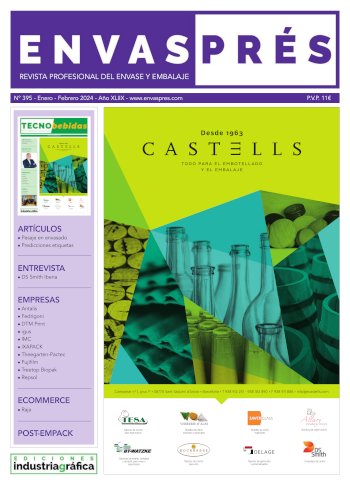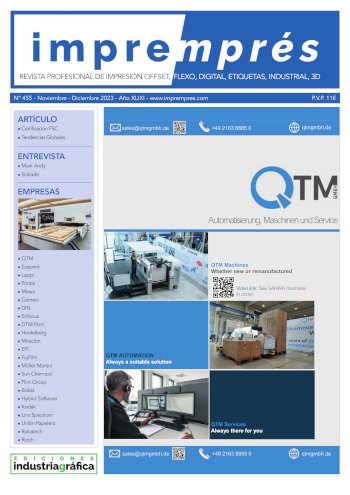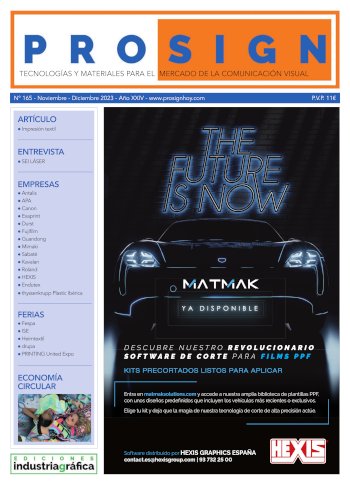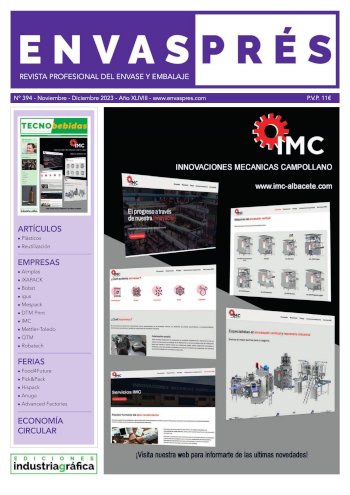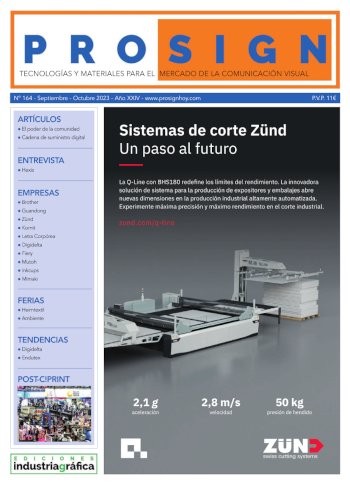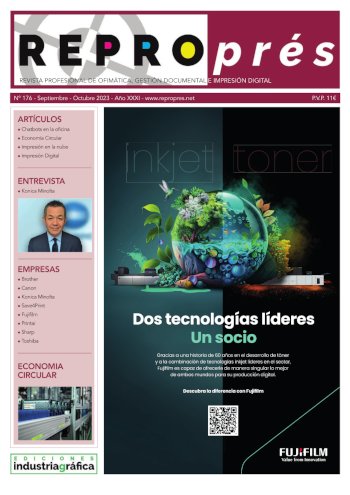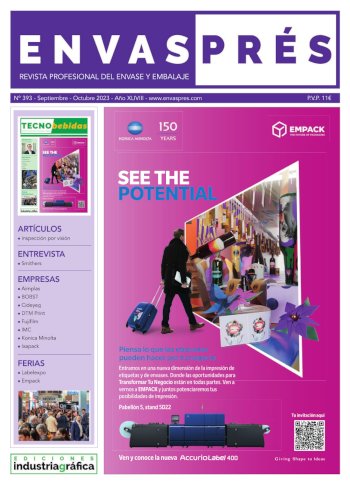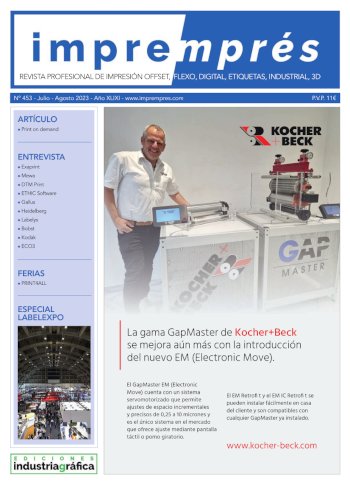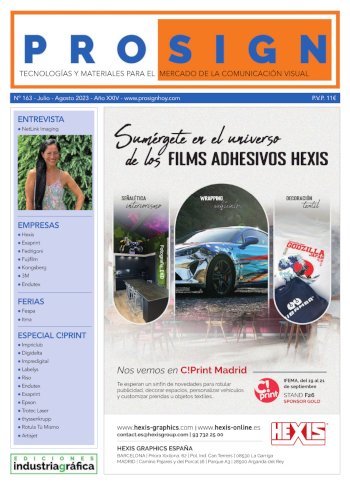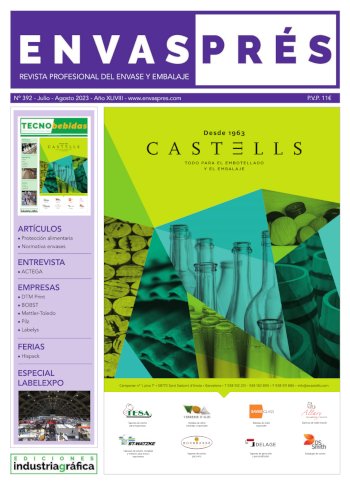Open digital printing platform for open process development
- Publicado el 19 de Junio de 2014
Although digital printing systems are now standard for graphic printing, there have not been solutions for specialized customer requirements, particularly in the industrial sector. Thieme intends to close this gap with its newly developed modular printing system which enables both screen printing and digital printing solutions. The new system offers the user a high degree of freedom in the machine configuration, ink selection, and ability to procure ink from the market.
The new digital printing system, presented to the public for the first time in November of last year, is essentially based on the design of the proven Thieme screen printing machines. The printing table and material transport system are largely identical, with the primary difference being in the printing mechanism used. This enables Thieme to offer demanding customers an open machine platform which can optionally be equipped with a screen printing or digital printing mechanism. This approach follows the assessment that digital printing does not replace screen printing in many applications, but rather supplements it, as every printing technique has its own advantages. A digital printing machine series with the designation THIEME 3000 D has been developed on the basis of this concept.
The machine concept was designed not only with high printing technology but also for the other machine production parameters. This starts with the printing table, which uses switchable vacuum fields to enable fast and easy format changes – "from the size of a matchbox to the front of a house". Different levels of automation are also possible: Along with manual loading of the printing table and unloading by an extract gripper system as provided in the THIEME 3000 D, higher levels of automation extending up to a fully automated printing line can also be achieved with this concept. A great deal of flexibility also exists for the substrates: Systems suited for multipass applications make it possible to print on various materials (paper, cardboard, foil, glass, metal, plastic) having thicknesses of up to 50 mm.

The standard machine base additionally has the advantage that the usual components for material transport such as stackers, destackers or conveyor systems can also be used without restriction. Moreover, various basic modules can be combined into printing systems configured to a customer’s unique specification – extending up to a screen/digital printing hybrid line which links the benefits of both printing technologies.
The concept's flexibility continues in the configuration of the digital printing mechanism which was independently developed by Thieme and equipped with Konica-Minolta printheads. The number and arrangement of the printheads can be varied, with the maximum achievable printing resolution being 1600 x 2160 dpi. The customer is not bound to one supplier for the selection of the ink system, but can rather choose various manufacturers among several approved systems. Mankiewicz and SunJet ink systems, for example, have been tested for various applications and approved by Thieme. Thieme can provide its open development platform for the validation of additional systems as required so that even the customer's own inks, for example, may be processed. Users are thus granted a high level of flexibility for their own process development. An additional benefit: The customer does not purchase the approved ink from Thieme, but rather directly from his ink manufacturer.
With this wide range of options, Thieme is responding to diverse quality and productivity requirements, which differ from industry to industry and even from customer to customer. Solutions specially geared to customer needs will be able to be developed in the future – not just for screen printing, but also for digital printing. Thieme can offer consultation independent of the technology and claim a unique position in the industrial printing market with its flexible machine platform.



